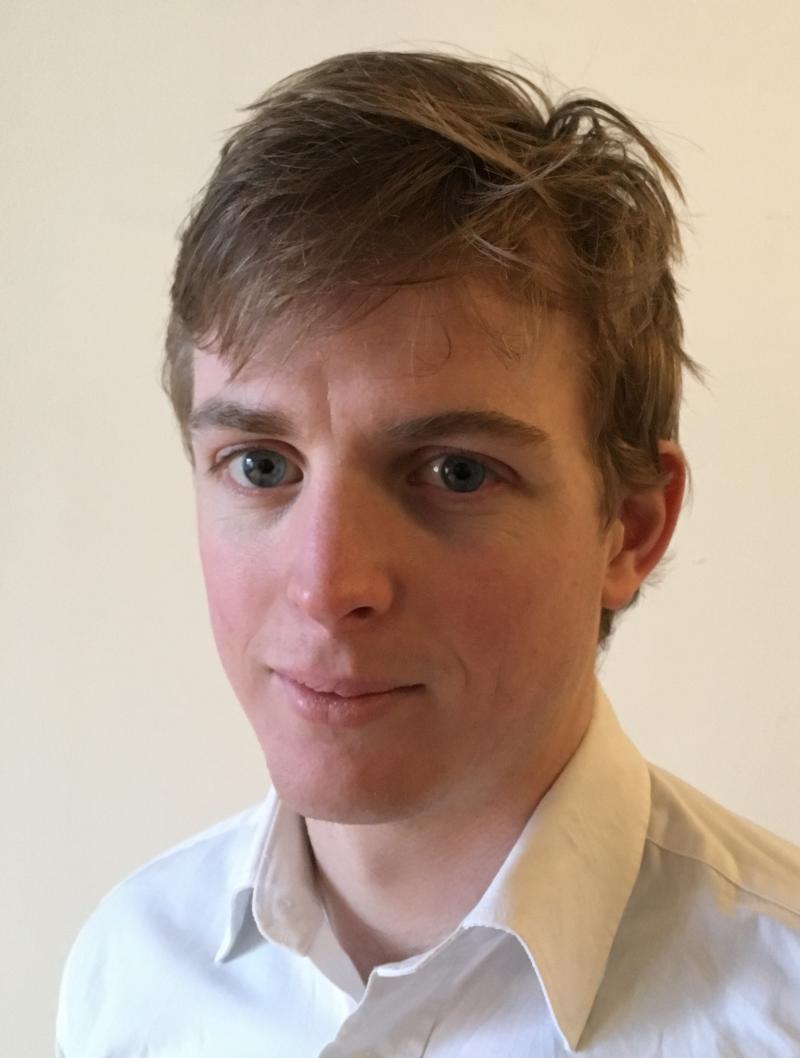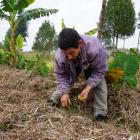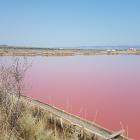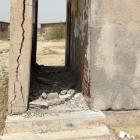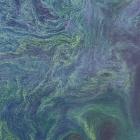Dreaming the Designer Climate (Iceland)
Jeroen Oomen and Adam Sébire
Sébire, Adam. AnthropoScene III: Hellisheiði; or, the post-modern Prometheus. 2018. Video triptych, 3 HD screens (or 2 plus core sample in lit vitrine), 3 min. https://vimeo.com/276489442. © 2018 Adam Sébire. Used with permission.
In December 2015, at COP21 in Paris, the world’s leaders stated their “aspiration” to limit global warming to an upper limit of 1.5ºC this century. On the planet’s present greenhouse gas emissions trajectory there is no way to achieve this without what is sometimes termed climate engineering, which consists of using technology—most of it unproven and with unknown potential side-effects—to modify our climate. Carbon capture and storage (CCS) is arguably the most benign of these technologies. However, despite being both difficult and expensive it has proven politically attractive as a “technofix,” delaying decarbonization. Yet the range of imagined technological fixes for global warming is broader and more controversial. Some scientists even research direct interventions in the Earth’s temperature. Although such measures might be needed sometime in the coming century, these technologies raise questions about what the (global) climate entails, how one might govern such endeavors, and what it means to intervene directly in the largest systems of the biosphere.
Hellisheiði in Iceland is the otherworldly site of the CarbFix2 and Climeworks projects, one such CCS project. Since October 2017, this test site has been capturing carbon dioxide directly from the surrounding air. It mixes the captured CO2 with water, injecting it via domed wells into the basalt rock formations surrounding Hengill, an active volcano, where it mineralizes—anthropogenic carbon dioxide sequestered as rock.

CarbFix2 injection wells, Hellishei∂i, Iceland. © 2017 Adam Sébire. Used with permission.
CarbFix2 injection wells, Hellishei∂i, Iceland. © 2017 Adam Sébire. Used with permission.
© 2017 Adam Sébire.
This work is used by permission of the copyright holder.
Australian video artist Adam Sébire is drawn to this site for its modern-day alchemy and for its Promethean overtones: an unshakeable faith in the technological mastery of Homo sapiens. In his video triptych, one of the screens investigates the experiments at Hellishei∂i (the injection wells of CarbFix and Climeworks’ white cube “carbon scrubber” module). In another, a core sample of the sequestered CO2—now mineralized as calcite within the basalt host rock—appears as a quasi-mystical object. The third screen is more ambiguous: also set in Iceland, but in a future geological era where complex lifeforms have disappeared and where the planet appears to be correcting an atmospheric imbalance. Now, geological processes reverse. After only a few hundred thousand years, equilibrium—homeostasis—will have returned.

Interior, CarbFix2/Climeworks CO₂ injection well, Hellisheiði, Iceland. © 2017 Adam Sébire. Used with permission.
Interior, CarbFix2/Climeworks CO₂ injection well, Hellisheiði, Iceland. © 2017 Adam Sébire. Used with permission.
© 2017 Adam Sébire.
This work is used by permission of the copyright holder.

CarbFix2/Climeworks injection wells, injecting CO₂ into the basalt below the Hengill volcano, Hellisheiði, Iceland. © 2017 Adam Sébire. Used with permission.
CarbFix2/Climeworks injection wells, injecting CO₂ into the basalt below the Hengill volcano, Hellisheiði, Iceland. © 2017 Adam Sébire. Used with permission.
© 2017 Adam Sébire.
This work is used by permission of the copyright holder.
About the authors
Jeroen Oomen is a postdoctoral researcher at the Urban Futures Studio, at the University of Utrecht in the Netherlands. His research interests include the socio-technological creation of futures, climate, and collective imaginations. He completed his PhD at the Rachel Carson Center for Environment & Society, LMU Munich, as part of the Marie Curie ITN ENHANCE. His PhD thesis, “Dreaming the Designer Climate,” analyzed the sociotechnical development of climate engineering research in Germany and the United States.
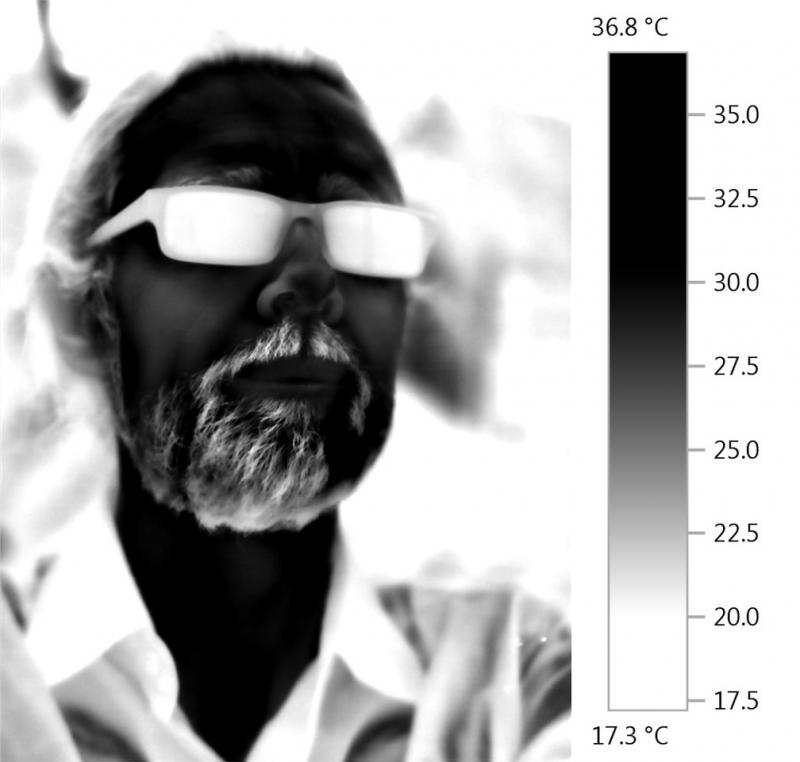
Adam Sebire. © 2019 Adam Sébire. Used with permission.
Adam Sebire. © 2019 Adam Sébire. Used with permission.
© 2019 Adam Sébire.
The copyright holder reserves, or holds for their own use, all the rights provided by copyright law, such as distribution, performance, and creation of derivative works.
Adam Sébire studied filmmaking in Sydney and Havana, going on to direct documentaries for Australian television. In 2003 a film shoot about sea level rise on the tiny Pacific atoll of Tuvalu began to focus his work on the early effects of climate change. But, how to show a process largely imperceptible to our senses, in which effects are displaced from their causes both in time and space? To this end, Adam is undertaking a practice-based PhD at the University of New South Wales. He uses video polyptychs—multi-screen video art—to rethink our aesthetic visual representation of (and engagement with) climate change. www.adamsebire.info/anthropoScenes.
- Previous chapter
- Next chapter


